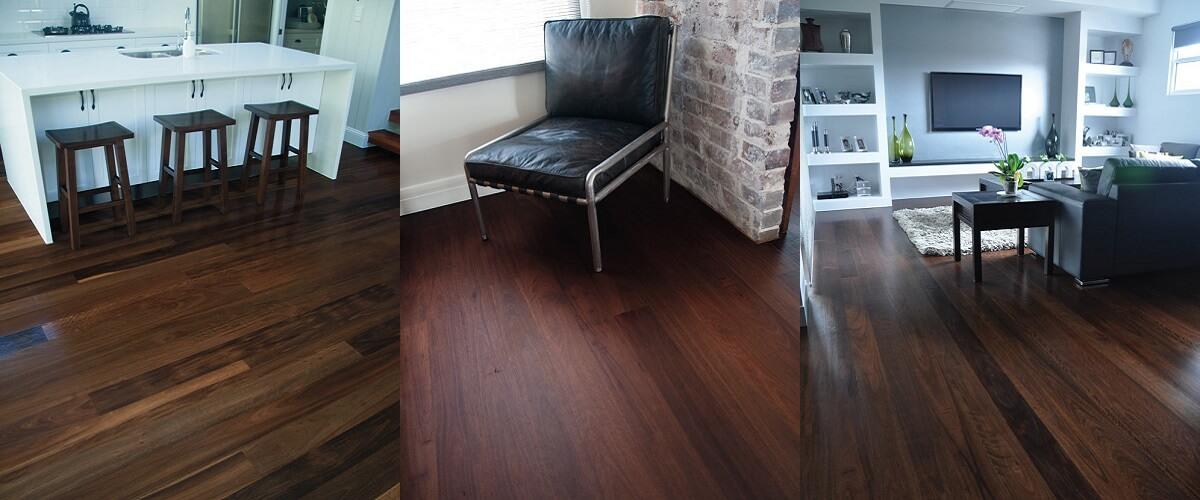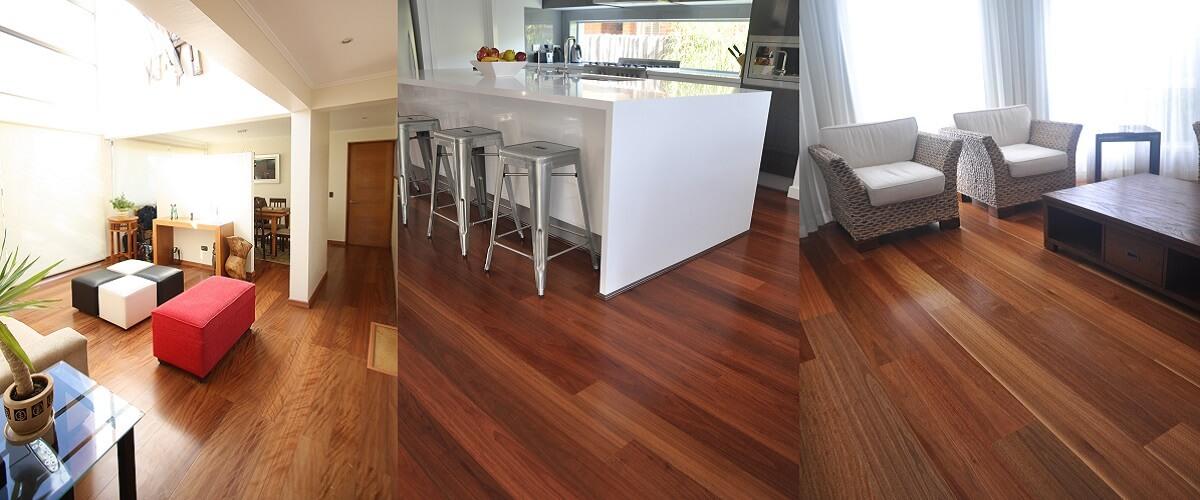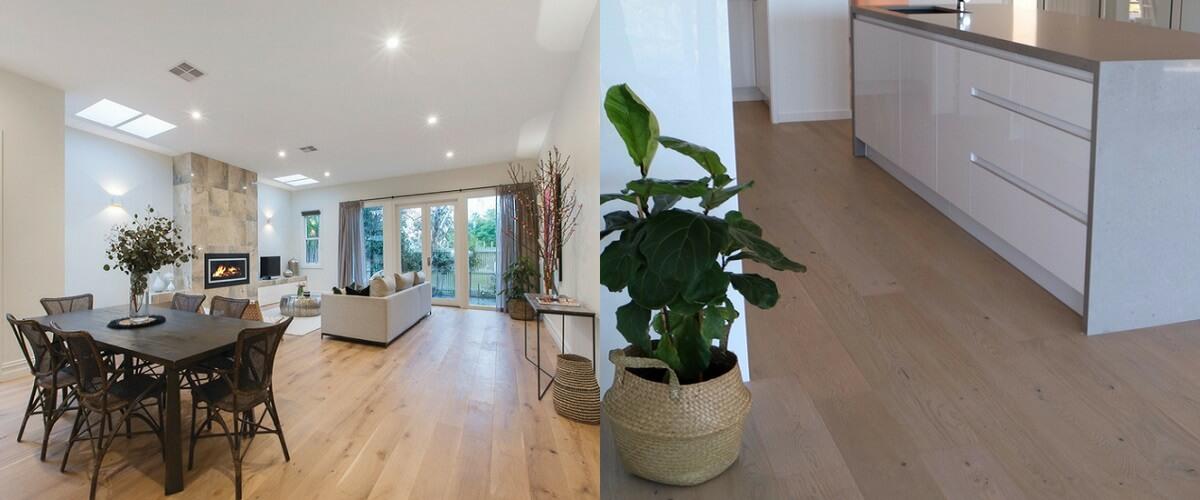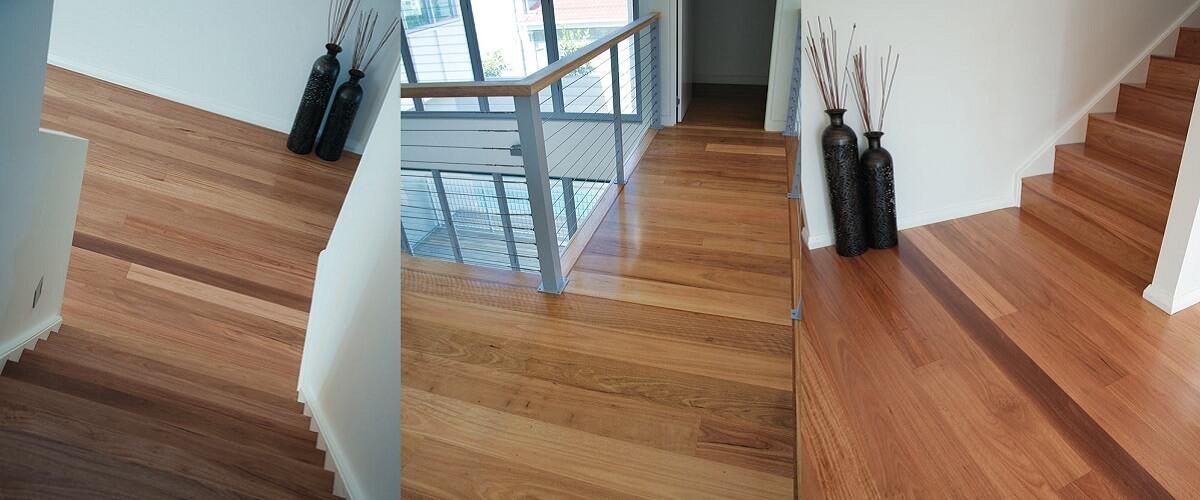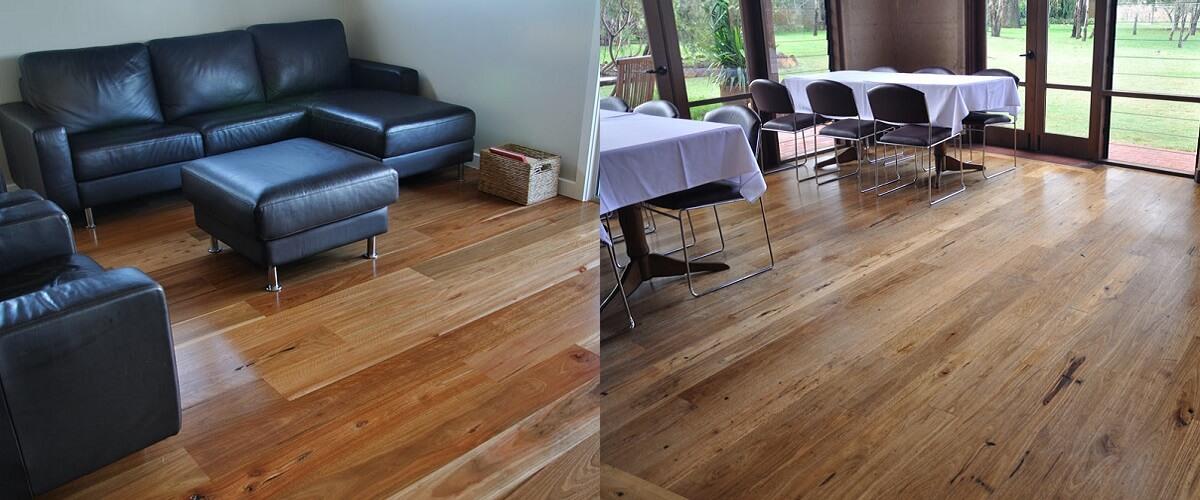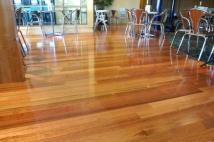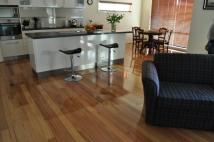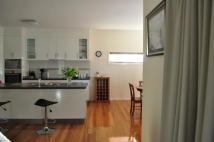Australian Chestnut Timber Flooring
Chestnut Flooring is wrapped in plastic to protect against moisture damage during transport and storage. Australian Chestnut Flooring is a natural product that expands and contracts with seasonal changes. As timber can be affected by the moisture content of the air, it is important to acclimatise your floor to the local climate prior to installation.
The plastic wrapping should be removed and each board should be exposed to the air conditions
in the environment in which it will be installed. The time taken for the flooring to acclimatise
varies, but Auswest Timbers recommends that it should be acclimatised for at least two weeks before installation.
Adequate sub-floor ventilation is essential for the successful performance of a solid hardwood floor. If humidity remains high beneath the floor, the boards will absorb the
moisture and expand. Excessive humidity in the under-floor area may be caused by a lack of
sufficient cross-ventilation or from damp soil conditions arising from inadequate drainage. These conditions lead to swelling of the flooring and can lead to an eventual decay. This can create an unhealthy mustiness within the house, so it is very important to ensure adequate sub-floor ventilation to reduce expansion and cupping of hardwood floors.
It is recommended that hardwood floors be laid by a professional with knowledge and experience in all aspects of hardwood flooring installation, sanding and polishing.
Once the floor has been laid, a number of changes in the climate may occur and determine the degree of movement of the Australian Chestnut Flooring. These include large expanses of glass, fireplaces, fridges, air conditioners and any appliances that vent warm air. If you wish to minimise movement, you must minimise the changes in the climatic conditions that occur.
You must also avoid exposure of the Australian Chestnut Floor to direct sunlight, heat or excessive moisture (such as excessive wet mopping).

